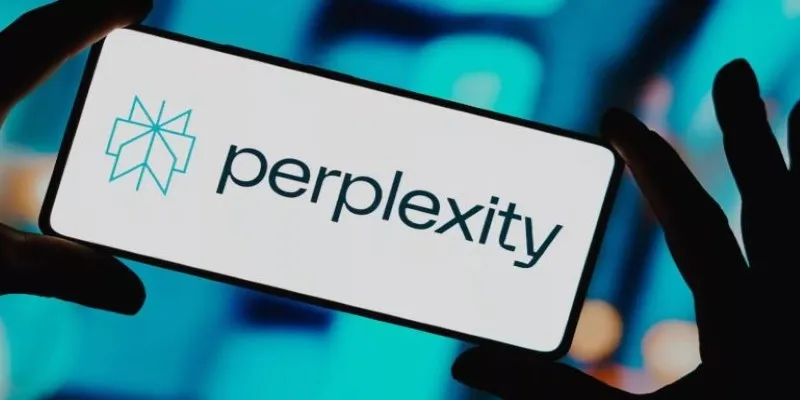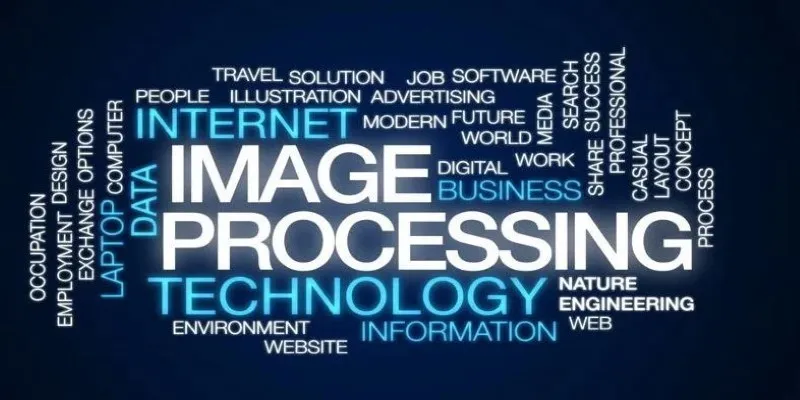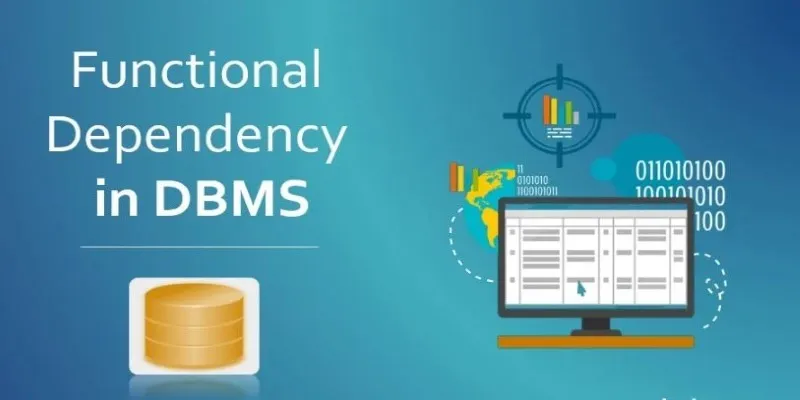Pricing is often treated like a balancing act—too high, and you scare people off; too low, and you bleed profits. Most businesses still rely on gut feelings, old habits, or a quick look at the competition. But markets have outgrown that. Customer behavior changes overnight. Competitors react in minutes. And manual pricing? It’s too slow to keep up.
That’s where AI steps in—not with cold calculations, but with smart, real-time insight that adapts as fast as your market does. Mastering pricing strategies with AI isn’t about handing over control—it’s about finally understanding what your price should be, when, and why it truly matters.
AI-Powered Pricing: More Than Just Automation
There’s a difference between automating a process and optimizing it. Many tools can adjust prices, but AI goes deeper. At its core, AI-powered pricing involves machine learning models that study vast amounts of data—historical sales, customer behavior, seasonal trends, competitor moves, and even supply chain disruptions. What it delivers is not a fixed price but an evolving recommendation tuned to the pulse of the market.
This matters because pricing isn’t static. What works today might fail tomorrow. AI captures this reality. It continuously learns, tweaks, and recalculates based on fresh data. So, rather than reacting late to shifts, businesses are always a step ahead. The system flags price sensitivities, identifies which customer segments are willing to pay more, and even detects when a discount won’t actually increase sales volume. That’s a nuance you won’t find in a spreadsheet.
For retailers, this means dynamic pricing that doesn’t frustrate loyal customers or undercut brand value. For manufacturers, it means adjusting price points based on real-time production costs and demand forecasts. In both cases, it’s about moving from fixed logic to fluid intelligence—where every price is intentional, data-backed, and ready to evolve.
How Does AI Understand the Market Better Than You Think?
You know your market—but AI sees it from angles humans can’t. It doesn’t forget data. It doesn’t get tired or biased. It processes thousands of variables at once, picking up on patterns we’d miss entirely. Say you’re selling outdoor gear. You might notice a sales dip in summer, but AI could link that drop to a specific weather pattern, local events, or shifts in competitor promotions. It connects dots you didn’t know existed.

This insight is where AI pricing becomes so valuable. It segments your customers—not just by age or income but by behavior. How quickly do they abandon carts when the price changes? Do they buy more when shipping is free but the product is slightly pricier? Which customers return during promotions but never otherwise? This behavioral fingerprinting helps you price smarter, not lower.
AI also helps with competitive pricing, but not in the shallow sense. It doesn’t just match prices. It evaluates what value your product offers at different price points compared to others. Maybe you’re a bit more expensive, but you offer faster delivery or better support. AI can determine whether that difference is worth it to a certain segment of buyers. And if it’s not, it can suggest the minimum margin cut needed to win them back without slashing profits.
For businesses in tight markets, AI doesn’t just help win sales—it helps win the right sales. Not every customer is worth chasing, and AI helps make that call clear.
From Strategy to Execution: Making AI Work in Real-Time
Speed is where AI truly shines in pricing. Real-time price adjustments aren’t futuristic—they’re already happening. When stock runs low, AI can raise prices to protect margins. If a competitor drops their rates, AI recalibrates yours—instantly, but only when it makes financial sense. This shift turns pricing into a nimble, reactive tool instead of a slow, static function.
Still, AI isn’t magic. It needs clean data, regular tuning, and human oversight. A reliable AI pricing system doesn’t just make changes blindly—it gives you dashboards, controls, and safety nets like minimum prices or discount limits. That balance of automation and control is what makes the system practical and trustworthy.
Businesses vary in how deeply they use AI. Some limit it to promotions; others let it run daily operations. But results improve with consistency. The more data AI processes, the smarter it gets.
And this isn’t just for massive corporations. Small shops using platforms like Shopify or WooCommerce now have access to AI-powered pricing tools that deliver insights and real-time action without breaking the bank.
No matter the business size, the goal remains: pricing that adapts and evolves—fast enough to keep up with the market and smart enough to stay profitable.
The Human Touch in AI Pricing Decisions
Despite all the hype, AI isn’t here to make decisions for you—it’s here to make better decisions with you. Data alone doesn’t understand your brand story, your customer relationships, or your long-term vision. That’s why AI should always support, not replace, strategic thinking.

A good pricing strategy still needs a human pulse. AI might suggest lowering prices in one region due to a dip in demand, but maybe you know a new competitor that just launched with an aggressive loss-leader strategy. You might choose to hold firm to signal value. That’s a decision AI can’t fully grasp.
Similarly, AI might find that charging more for faster shipping boosts profits. But if your brand is built on affordability, those short-term gains could undercut your long-term identity. These calls are still yours to make. What AI gives you is context, clarity, and confidence.
The real magic happens when AI pricing insights merge with human understanding. It’s not about being hands-off—it’s about being hands-free from the grunt work so you can focus on high-level decisions. That shift changes everything.
Conclusion
AI is transforming pricing into a fast, intelligent, and adaptive process. It helps businesses respond to real-time shifts, stay competitive, and protect margins with precision. But success depends on clean data, thoughtful implementation, and consistent use. Whether you’re a large retailer or a small online store, AI-powered pricing offers a smarter way to grow. It doesn’t replace strategy—it sharpens it. In a market that moves quickly, mastering pricing strategies with AI is no longer optional—it’s essential.
 zfn9
zfn9






















